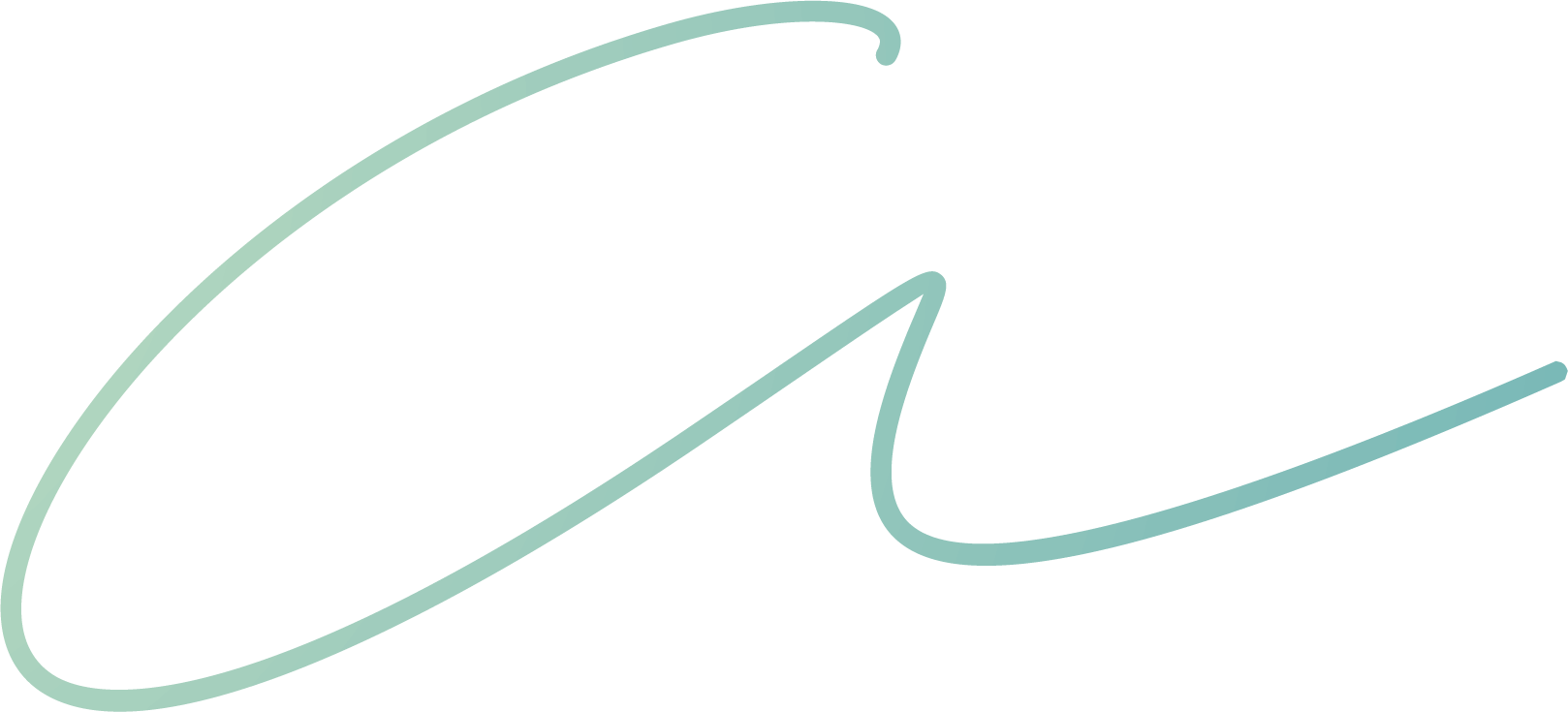Are You In Need Of a Secondary Rhinoplasty?

A rhinoplasty, or a nose job, is a cosmetic procedure that is designed to correct and restructure the form, architecture, and function of your nose. If you have a congenital defect that causes a respiratory impediment, nasal trauma, or an aesthetically unappealing nose, a rhinoplasty is just what you need.
However, a number of patients report being unhappy with the results of a primary rhinoplasty. If you fall in that bracket, then you can go for a secondary rhinoplasty, also referred to as revision rhinoplasty, to correct the results of your first outing.
Patients often request a secondary rhinoplasty to address persistent imbalances or newly created ones. For a majority of patients, the revision is done to perform specific issues, like difficulty breathing or a crooked nasal tip.
Secondary Rhinoplasty – What to Expect
The procedure differs from person to person. The problem can present itself in any part of your nose, including the nasal tip, the middle third, and the upper third. The revision rhinoplasty will be customized to address your specific concerns.
Depending on the extent of revision required, the surgeon will administer either local or general anesthesia. Compared to a primary rhinoplasty, which takes just two hours, a secondary rhinoplasty may take up to four hours due to its complexity and delicacy. The aim, as stated above, is to restore structure and function to the nose.
In some cases, the surgeon will try to recreate symmetry by taking away or adding back cartilage to your nose. The extra cartilage will be taken from the septum, ribs, or ear and turned into a graft. It is easier to take away cartilage than to add it back, as your surgeon just has to excise the excess cartilage. In most revision rhinoplasty cases, the surgery involves adding cartilage to open up the airway and recreate shape and proportion.
The incisions for the surgery will be made either on the columella (between the nostrils) or on the inside of your nose (within the nostrils). The latter has the advantage of being less invasive and traumatic to tissue. The former involves a much wider dissection, necessitating the reconnection of the supporting structures. Make sure that the surgeon is able to explain the incision choice in a way that makes sense to you.
The Secondary Rhinoplasty Recovery Period
The recovery period for a revision rhinoplasty is often the same as that for a primary rhinoplasty. Your surgeon will prescribe painkillers to help you with the discomfort. You may be given nasal packing to help with the swelling, and you will not be able to breathe through your nose until the packing is removed. You might have some nasal bleeding during the first couple of days.
Swelling can be alleviated by applying a cold compress to your forehead. You should avoid blowing your nose for the first couple of weeks. Once the packs are removed, your airway will be clear. You may need to go for a follow-up visit to remove the stitches and the cast placed on the nose.
Find Out More
Dr. Andrew Compton, a well-respected facial plastic and reconstructive surgeon, has the experience and precision needed to correct the results of a previous rhinoplasty procedure using revision surgery. To schedule your consultation, contact our office today.


